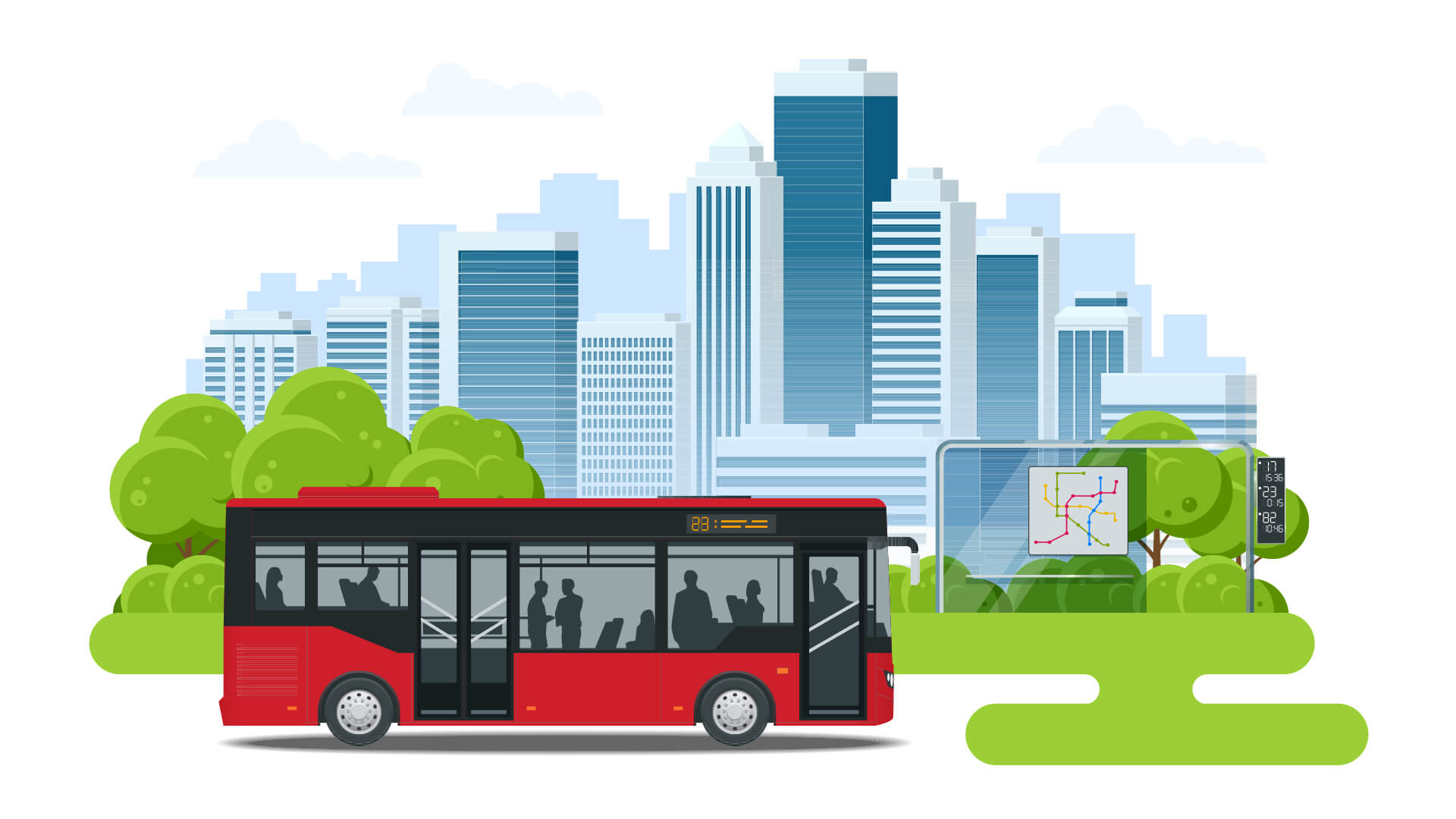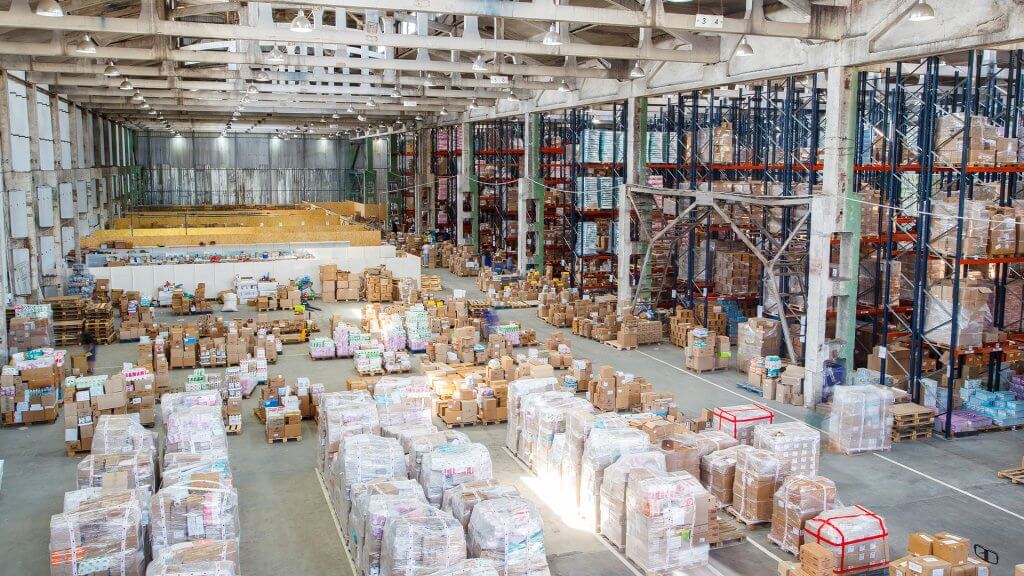Those who live in cities are getting used to a new normal. The sidewalks are empty, and would-be public transit riders are following stay-at-home orders amid the COVID-19 pandemic. As a result, the transportation sector has taken a significant hit.
The State of the Public Transportation Industry
In New York City, home of the nation’s largest subway system, ridership was down more than 18% in March compared to last year — an average of 948,000 fewer trips than a typical weekday. Seattle’s Sound Transit, which included buses, light rail and commuter rail, saw a 25% drop in ridership compared to the month before.
San Francisco’s Bay Area Rapid Transit also saw a ridership decline of 35%, a drop that will cost the public transit system $600,000 per weekday. Metropolitan areas across the U.S., including Washington, D.C., Austin and Boston, are facing similar issues.
Unfortunately, this problem extends beyond the United States. In London, the Underground system will only carry 13 to 15% of the passengers that it typically does due to social distancing guidelines. The Netherlands claims their regional rail lines will cut down to 20 to 25% capacity. With these numbers calculated near the beginning of the pandemic, public transit is likely faring even worse now, months later.
According to transit expert Yonah Freemark, “Transit agencies should be planning for virtually no fare revenue over the coming months.” With fewer riders paying for passes, and increased operational costs due to the sanitization of vehicles and facilities, many systems have reduced their service offerings.
All of these numbers paint a gloomy picture for the future of the transit industry. However, one upcoming piece of legislation, the Green New Deal, could bring new life to the sector.
What Is the Green New Deal and How Will It Help?
The Green New Deal is a potential policy that outlines a path towards net-zero carbon emissions, sustainable infrastructure and new eco-friendly jobs. Infrastructure will need to move away from fossil-fuel use and take advantage of materials and building techniques that aren’t as disruptive to the environment.
Part of the legislation will be to get cars off the road and encourage people to use public transit instead, even offering incentives to do so. The policy would also improve public transit accessibility, increasing options for suburban communities and encouraging residential development around regional rail and bus transit hubs.
Many municipalities will look to incorporate greener versions of public transit, too. Some cities have already adopted electric and hybrid buses, reducing the amount of CO2 emissions. Others encourage the use of motorcoaches for regional transportation, which offer 222.7 miles per gallon, more efficient than heavy rail and passenger cars.
The Green New Deal would funnel much-needed money into the transit sector, one that will see a shortfall of up to $40,000 annually due to the coronavirus. Beyond this legislation, 52 members of Congress signed a letter on March 20th requesting that the stimulus bill include $16 billion for transit systems. Leaders from the American Public Transportation Association (APTA) determined that this amount was necessary to sustain the sector’s financial viability. Policymakers ultimately added $20 billion.
The Future of Public Transit in the U.S. and Worldwide
Public transportation will undoubtedly take a hit as the COVID-19 pandemic rages on, especially as no one can predict how long the crisis will hold out. Fewer people are riding buses, trains and light rail, and systems have shut down entire lines in response. Unfortunately, the people who rely on public transit to get around — such as essential workers and those in urban areas without cars — are seeing the biggest disadvantage.
The Green New Deal could be a boon for the stumbling sector, one that allocates more money toward transit, moves towards greener methods and improves accessibility for all.






























